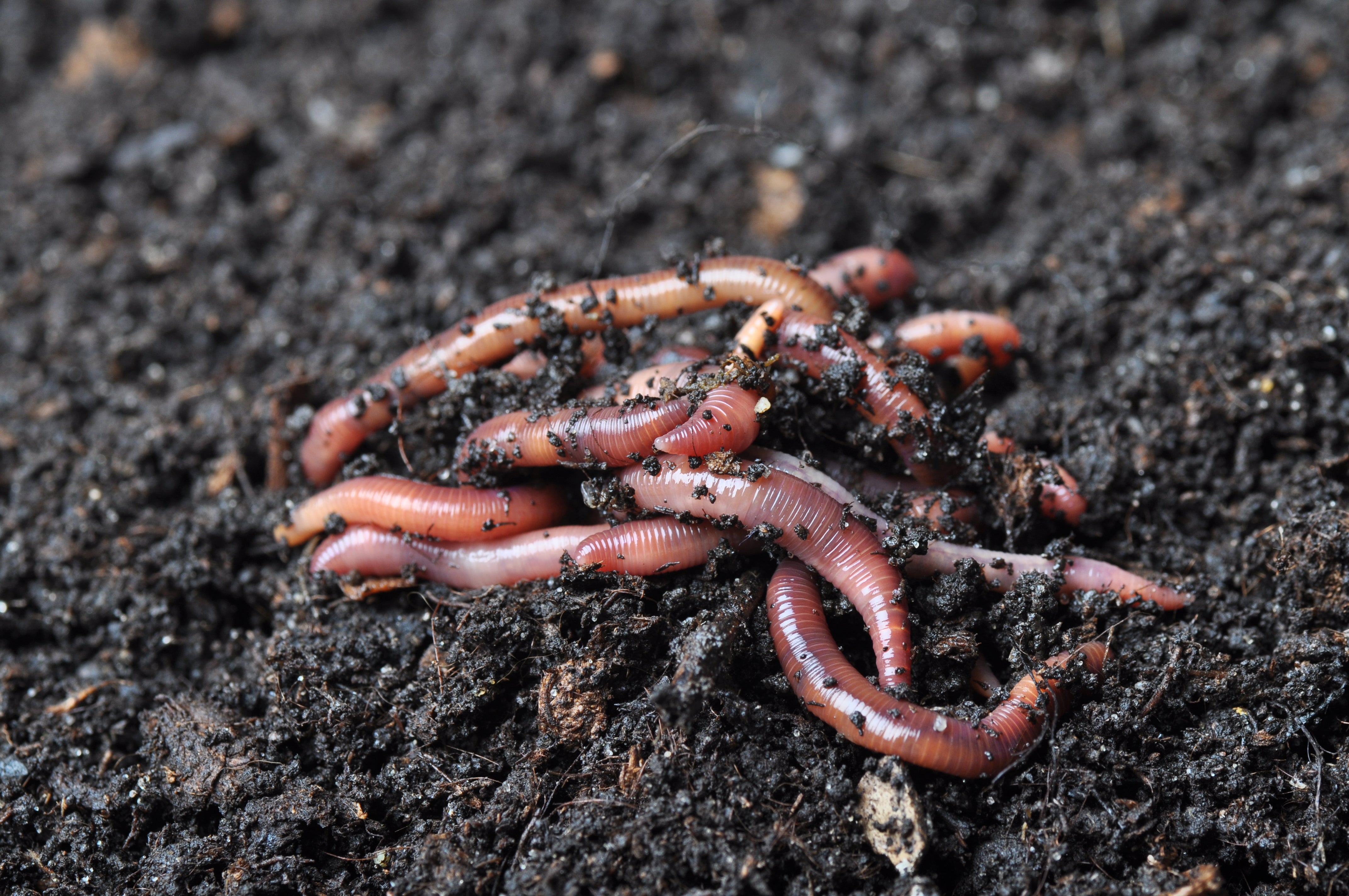Lake Hickory Bait: A Trusted Provider for Quality Bait and Tackle
Lake Hickory Bait: A Trusted Provider for Quality Bait and Tackle
Blog Article
Red Wigglers: The Unsung Heroes of Organic Waste Recycling
Red wigglers, or Eisenia fetida, offer as critical representatives in the natural waste recycling process, transforming thrown out materials right into valuable vermicompost. As the world significantly looks for options to deal with waste buildup and enhance agricultural performance, recognizing the role of these worms comes to be necessary.
What Are Red Wigglers?
The amazing durability of red wigglers, scientifically referred to as Eisenia fetida, emphasizes their essential duty in organic waste recycling. These small, reddish-brown earthworms are typically found in decomposing organic matter, such as compost heap and manure lots. Lake Hickory Bait. Unlike various other earthworm varieties, red wigglers thrive in nutrient-rich atmospheres and are highly effective at breaking down natural products, making them important for vermicomposting

(Lake Hickory Bait)Along with their function in waste decrease, red wigglers add to soil health by boosting dirt framework and aeration via their tunneling tasks (Lake Hickory Bait). Their existence in composting systems not just enhances decomposition rates yet additionally promotes a sustainable technique to throw away monitoring, showing their relevance in ecological preservation initiatives
Advantages of Composting With Worms
Composting with worms, specifically red wigglers, offers many advantages that boost both waste monitoring and soil health and wellness. These worms effectively break down organic waste, converting it into nutrient-rich vermicompost that enriches soil. This process accelerates disintegration, allowing for a faster recycling of kitchen scraps and other organic materials compared to standard composting techniques.
Furthermore, the vermicompost created by red wigglers is including beneficial microorganisms, which aid improve dirt structure, aeration, and wetness retention. This improves the total wellness of plants, advertising strenuous development and boosted returns in gardens and agricultural setups. The usage of worms in composting decreases the manufacturing of greenhouse gases, such as methane, adding to a more lasting waste monitoring system.

Just How to Begin Vermicomposting
Developing a vermicomposting system is a simple procedure that can yield substantial benefits for both waste monitoring and soil enrichment. To begin, select an appropriate container, such as a plastic bin or wood box, with sufficient ventilation openings to guarantee correct airflow. The dimensions ought to preferably be around 2 feet by 3 feet, enabling sufficient space for the worms to prosper.
Next, prepare bed linens product, which can be composed of shredded newspaper, cardboard, or coconut coir. This bedding ought to be moistened to create an appropriate habitat for the worms. When the bed linen remains in area, present red wigglers (Eisenia fetida) into the bin, normally around one extra pound of worms for every single square foot of surface location.
Complying with the placement of worms, add natural waste, such as fruit and veggie scraps, coffee premises, and crushed eggshells. With these steps, you will effectively launch a vermicomposting system that adds to sustainable waste management and enriches your dirt.
Keeping a Healthy And Balanced Worm Bin
(Red Wiggler Express)Keeping a worm bin growing calls for normal attention and treatment to guarantee the wellness of the red wigglers and the effectiveness of the composting procedure. Correct upkeep starts with keeping track of the moisture levels; the bin should be damp but not waterlogged. A good general rule is to preserve an uniformity similar to a wrung-out sponge.
Delicately mixing the bed linen and food scraps every couple of weeks prevents compaction and makes sure that all worms have accessibility to oxygen. In addition, it is crucial to feed the worms suitably.
Temperature law is another important element. Red wigglers grow in an array of 55 to 77 levels Fahrenheit. If the container comes to be too hot or cold, the worms might become stressed - Lake Hickory Bait. Regularly inspect for indications of health, such as worm populace growth and the presence of healthy castings. By carefully managing these variables, one can maintain a robust and productive worm container.
Effect on Lasting Living
The effective maintenance of a worm bin not only benefits the wellness of red wigglers yet additionally adds dramatically to sustainable living practices. By recycling natural waste, such as kitchen scraps and backyard particles, red wigglers aid draw away substantial amounts of product from land fills. This decrease in waste not just lowers greenhouse gas emissions however additionally reduces the ecological worry related to waste administration.
In addition, the spreadings produced by red wigglers act as a nutrient-rich organic plant food, boosting soil wellness and advertising plant development. This all-natural alternative to chemical fertilizers sustains sustainable agriculture and gardening methods, lowering reliance on artificial inputs special info that can damage communities. Additionally, worm composting fosters understanding of waste administration, motivating individuals and areas to adopt more lasting behaviors.

Final Thought
In summary, red wigglers offer as important factors to natural waste reusing via their reliable decomposition of organic products. Their capability to generate nutrient-rich vermicompost boosts dirt health and supports sustainable agricultural methods. By integrating vermicomposting into waste administration methods, individuals and neighborhoods can dramatically reduce waste while advertising ecological sustainability. The duty of Eisenia fetida in cultivating healthy ecosystems underscores the importance of these organisms in accomplishing sustainable living and enhancing soil fertility.
Report this page